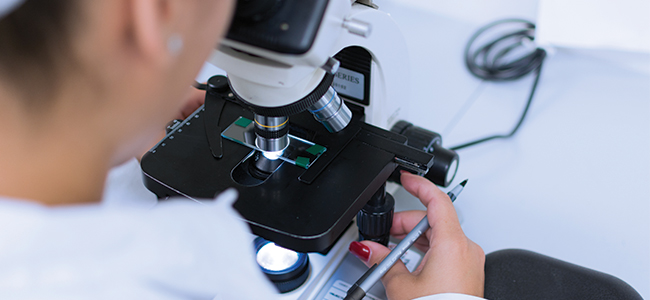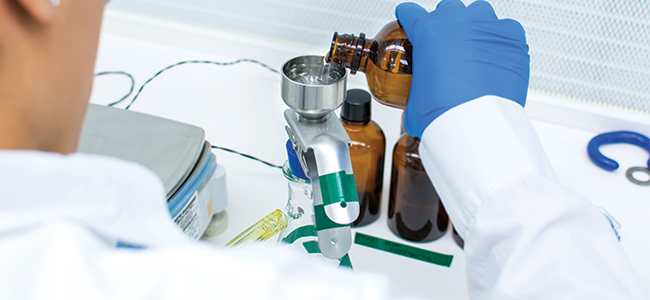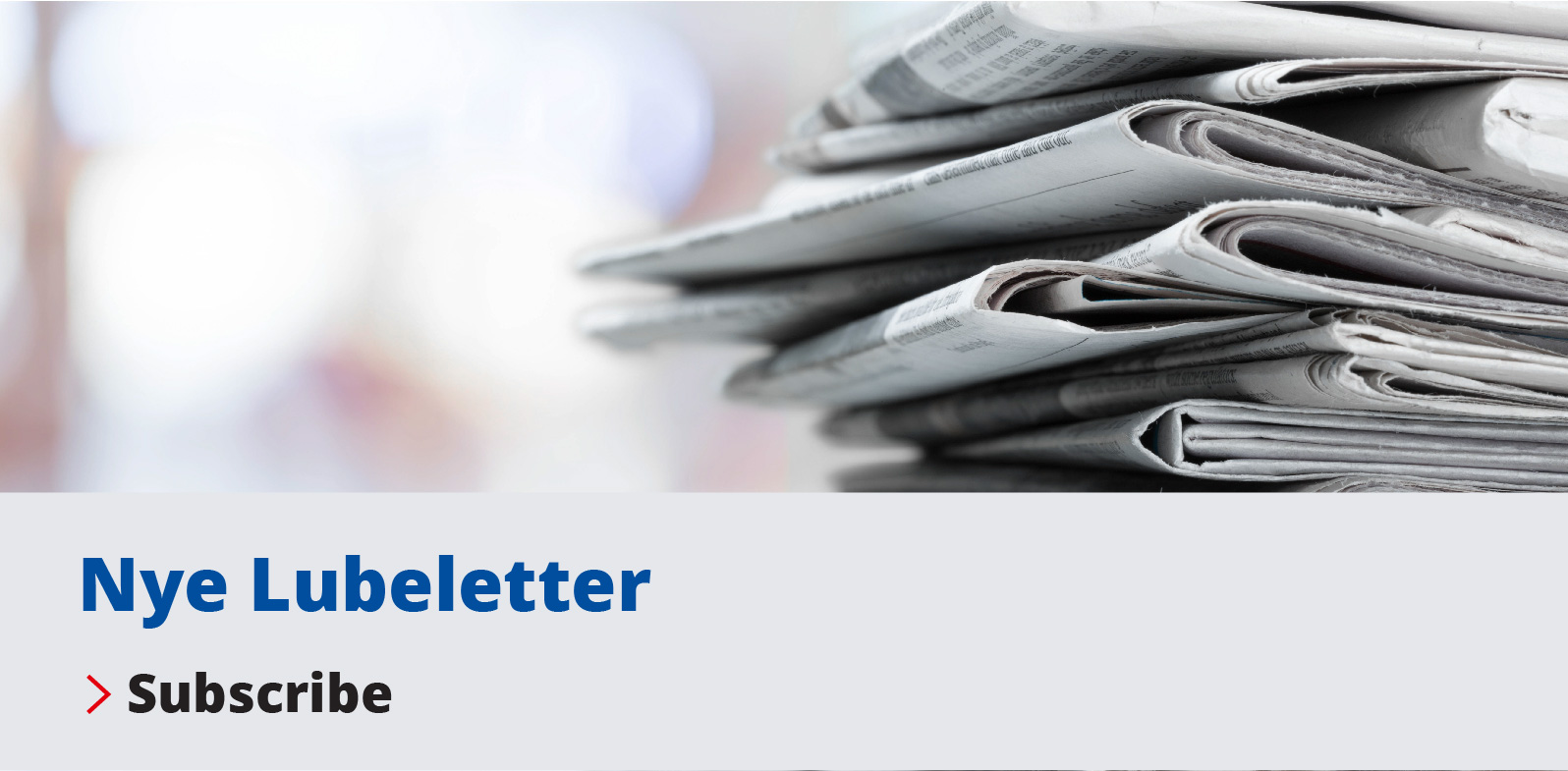Is Your Grease Clean Enough for Your Clean Room?
What is the difference between success and failure? Sometimes it can be smaller than a grain of sand. Manufacturing equipment in vacuum and cleanroom environments are so sensitive that even microscopic particulates can cause product failure. In a bearing, for example, any particle that acts like a “speed bump” in the motion of the bearing, no matter how small and subtle, is a source of early failure. These bumps translate into vibration and ultimately wear and noise, so removing the particles is particularly important in precision bearings and instruments.
Many design engineers select lubricants dependent on their mechanical properties. For semiconductor manufacturing, it is imperative that cleanliness levels are evaluated during the lubricant selection process. Contaminants are in many design materials, and if not carefully evaluated, could be present in your lubricants.
In this article we give you the run-down on different cleanliness levels, Nye’s ultrafiltration process, and why ultraclean lubricants are essential for the semiconductor industry:
Cleanliness Levels
Solid particles in lubricants come from many sources, but the most likely culprits are raw materials, the manufacturing process, and the environment. The cleanliness of a grease is described by the number of particles within a range, in which the particle sizes are counted under a microscope and are determined by the largest dimension in microns.
There are three cleanliness levels for greases.:
- Unfiltered grease: particles present that are larger than 75 microns.
- Filtered or "clean grease": particles present that are smaller than 75 microns (must be less than 1,000 particles per cubic centimeter between 24 and 74 microns in size)
- Ultrafiltered grease: particles present that are smaller than 35 microns (must be less than 1000 particles per cubic centimeter between 10 and 34 microns in size)
What is Ultrafiltration?
The best way to ensure lubricant cleanliness is through ultrafiltration. Ultrafiltration is a rigidly controlled filtering process that detects microscopic particulates in a lubricant. The objective of this process is to remove unwanted substances or contamination from the grease or oil. Nye can ultrafilter grease in our certified clean room environments to eliminate possible contaminants for semiconductor applications.
Why You Should Choose Ultrafiltered Lubricants?
Because clean room designs are typically expensive, risk should be reduced at all costs. Particulate matter can jeopardize the operation of miniature and high-speed devices. Additionally, any solid contaminant greater in diameter than the lubricant film can separate the bearing from the race and damage one or both surfaces.
Nye’s Ultrafiltration Process
Nye offers ultrafiltration services for not only our own greases, but also for those produced by other manufacturers. Many lubricant companies only filter their grease after it has been produced and before it goes into an unwashed container that can contaminate the lubricant. At Nye, we ensure ultraclean grease by following a strict manufacturing process from start to finish.
 This manufacturing process includes the removal of volatile contaminants from our base oils and additives - drop by drop - using molecular stills. These stills use elevated temperatures under vacuum conditions to extract volatile molecules from the fluid. This remaining stripped fluid is separated from the volatile contaminants and becomes the new base oil for ultraclean lubricants. This process is then repeated for our additives. Our ultrafiltration process then deposits the lubricant directly into the end of use containers that have been thoroughly cleaned beforehand.
This manufacturing process includes the removal of volatile contaminants from our base oils and additives - drop by drop - using molecular stills. These stills use elevated temperatures under vacuum conditions to extract volatile molecules from the fluid. This remaining stripped fluid is separated from the volatile contaminants and becomes the new base oil for ultraclean lubricants. This process is then repeated for our additives. Our ultrafiltration process then deposits the lubricant directly into the end of use containers that have been thoroughly cleaned beforehand.
All of this happens in our ISO class 8 and class 7 certified clean rooms. These are strictly regulated areas to prevent cross-contamination of any kind. Our technicians are thoroughly trained and wear special garments including hair nets, booties, gloves, and gowns.
Reduce Risk with Ultrafiltered Grease
Often, it is not until there is a high percentage of rejects or, worse, failures in the field that the spotlight turns toward the lubricant. By considering the cleanliness of your lubricant in the design phase, you greatly reduce your risk for product failure.



